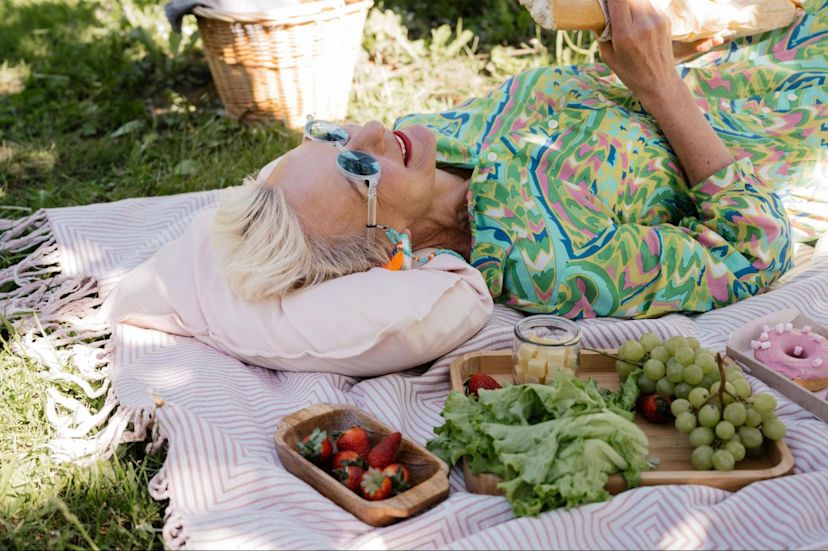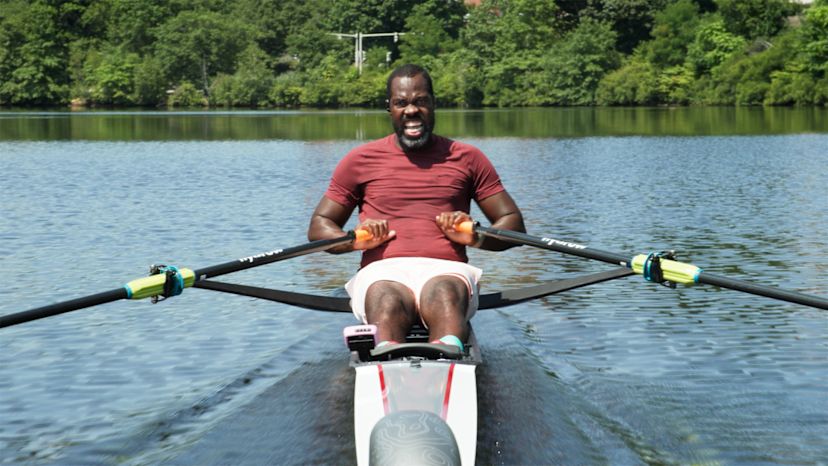Want to Live Longer (and Better)? Here's Why Active Aging Is the Ultimate Health Boost
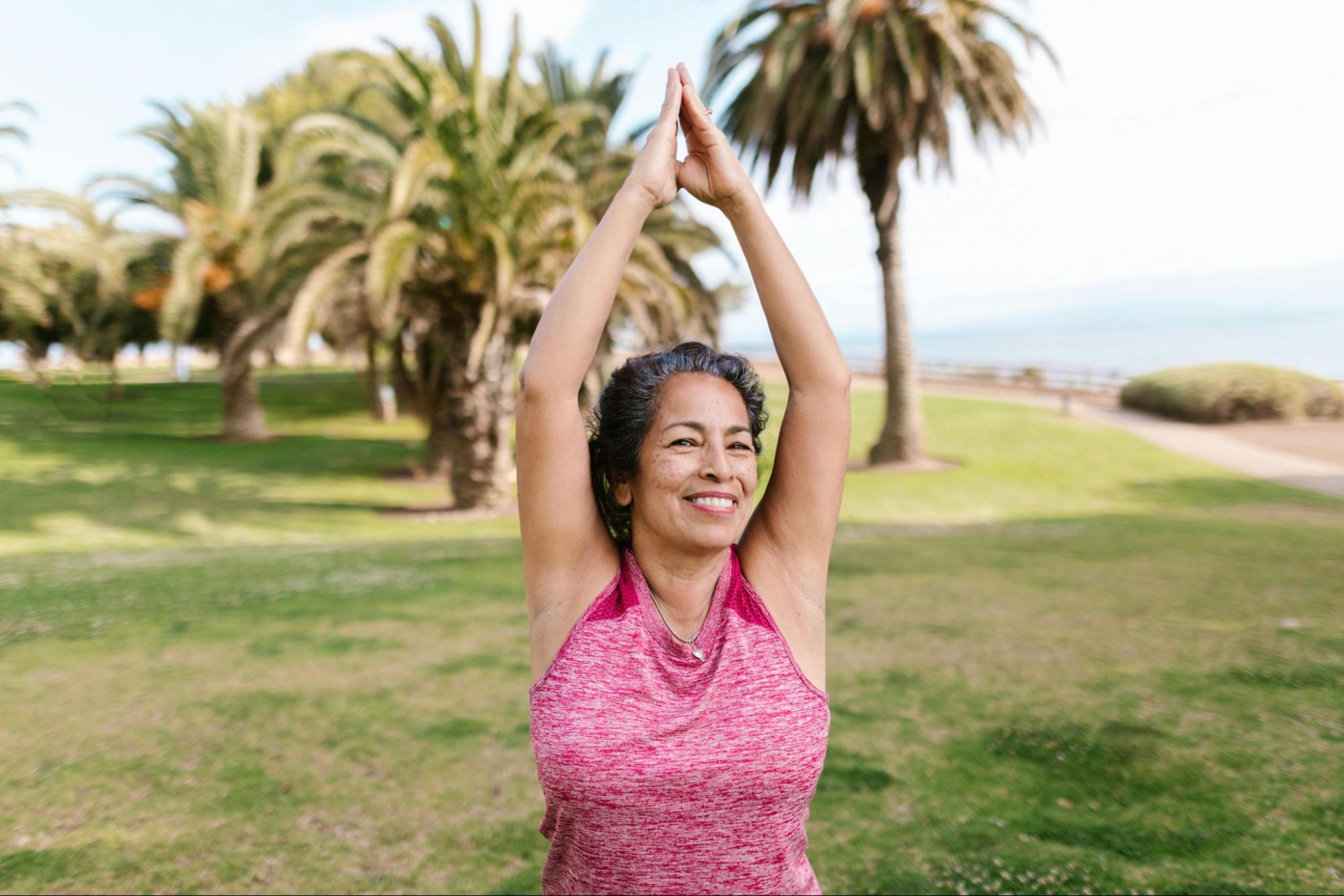
Aging isn’t just about growing older—it’s about living well. Active aging is an increasingly popular mindset and lifestyle that prioritizes holistic well-being as you age, helping you stay engaged, healthy, and fulfilled at every stage of life. By caring for your body, stimulating your mind, and fostering meaningful connections, you can build resilience and vitality, making each year richer and more rewarding.
According to the International Council on Active Aging, active aging promotes the vision of all individuals—regardless of age, socioeconomic status, or health—fully engaging in life within all seven dimensions of wellness. These include emotional, environmental, intellectual/cognitive, physical, professional/vocational, social, and spiritual pillars.
Focusing on maintaining physical, mental, and social well-being as you age can help improve your quality of life, boost longevity, and keep you feeling strong, connected, and capable in your later years. Ways to prioritize active aging can include engaging in regular exercise, social engagements, and lifelong learning to keep your body and mind sharp.
In this blog, we’ll explore the rise of active aging, share the many benefits of engaging in regular physical exercise as you age, and provide tips for getting started with becoming more active—even when it feels challenging.
Why is active aging becoming more popular?
As life expectancy increases and the global population continues to age, there has been a growing recognition of the health risks associated with inactivity, isolation, and loneliness in older age.
According to the World Health Organization (WHO), nearly one-third of adults worldwide did not meet the recommended levels of physical activity in 2022. Of note, people over 60 were less active than other adults, underscoring the importance of promoting physical activity for older adults.
The CDC highlights several key benefits of being more active after age 65, including immediate benefits such as improved sleep, reduced anxiety, and lowered blood pressure, and long-term benefits such as improved brain and heart health, reduced risk of cancer, healthy weight management, independent living, and bone strength.
Beyond the physical element of active aging, there is also a push to combat the loneliness and isolation commonly felt by the senior population. The University of Michigan National Poll on Healthy Aging (NPHA) reported that in 2023, one in three adults ages 50–80 (34%) reported feeling isolated from others, with this group more likely to consider their mental health to be fair or poor.
The powerful physical benefits of active aging
Engaging in regular exercise and making other healthy choices—such as choosing healthy foods, getting adequate sleep, managing your stress, limiting your alcohol intake, and not smoking—provides a host of benefits as you age, including:
1. Better cardiovascular health
Engaging in regular exercise helps maintain your heart function, improves circulation, lowers blood pressure, and reduces your risk of cardiovascular diseases. In fact, the American Heart Association recently reported that women at an average age of 79 who walked 2,100 to 4,500 steps daily reduced their risk of dying from heart attacks, heart failure, stroke and other cardiovascular diseases by up to 38%, compared to women who walked less than 2,100 daily steps.
2. Improved mobility and balance
Maintaining good mobility and balance helps you stay active and independent, reducing the increased risk of falls as you age and enabling you to more easily (and confidently!) perform everyday activities such as walking, climbing stairs, and getting in and out of bed.
Regular physical activity helps strengthen muscles, enhance flexibility, and support your body's ability to maintain stability. In fact, according to the National Library of Medicine, there is “overwhelming evidence that physical exercise can lower the risk of falling in elderly people, averting muscle mass reduction, and improving balance control.”
3. Stronger muscles and bones
As you age, your muscle mass naturally decreases and bones can become weaker and more brittle, increasing your risk of falls, fractures, and mobility issues. Having strong muscles stabilizes your body, improves your posture, and supports joint function, while strong bones are crucial for preventing conditions like osteoporosis.
Regular strength training and weight-bearing exercises can help you maintain muscle mass and bone density, reducing your risk of falls and fractures while also improving balance and coordination. By keeping muscles and bones strong, you’ll be better equipped to stay active, independent, and enjoy a healthier, more vibrant life.
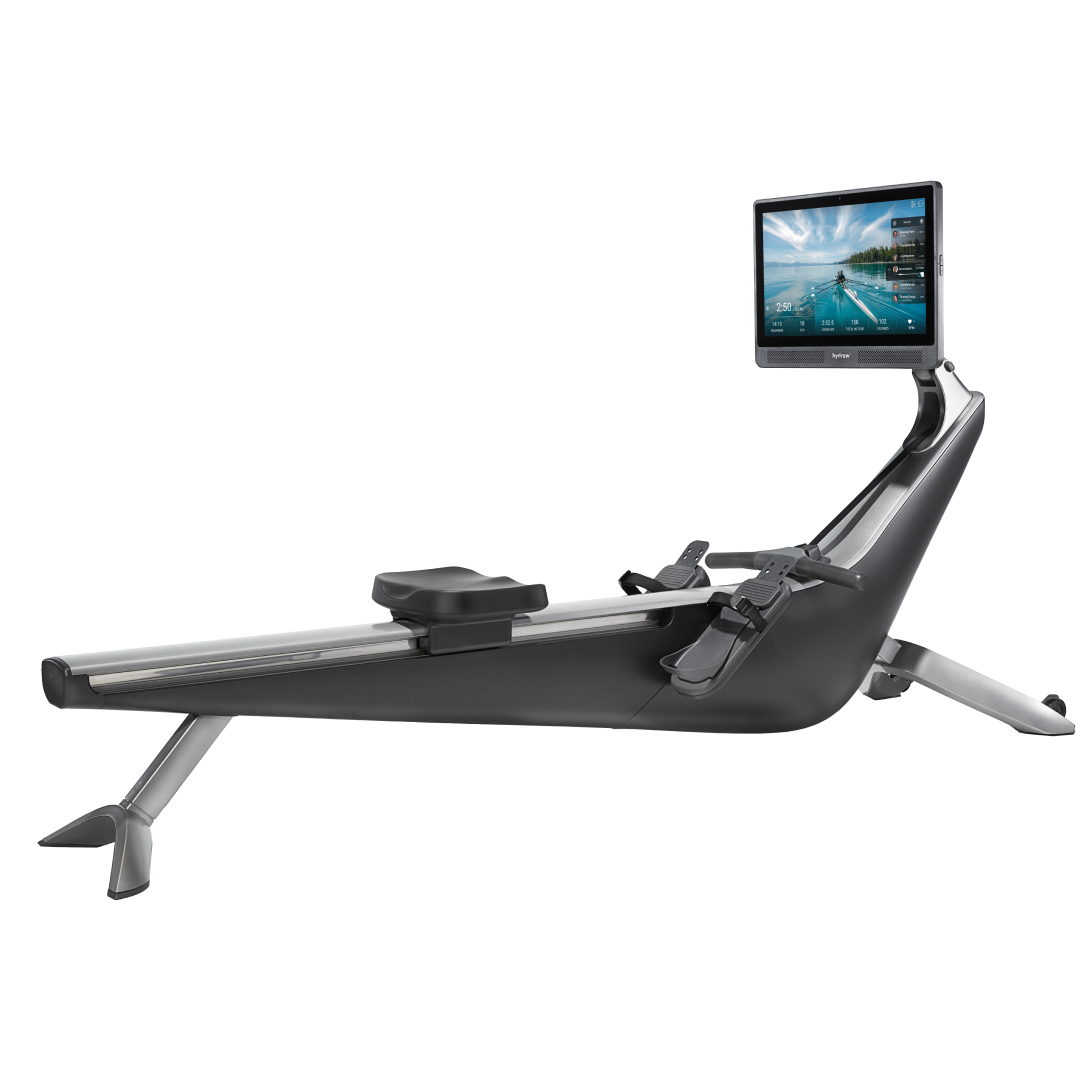
Cardio and strength, combined
Burn calories and build muscle with steady, natural movements.
4. Reduced risk of chronic diseases
Older adults are more susceptible to health issues as the body is less able to repair and regenerate cells, leading to decreased immune function and organ efficiency. This, combined with lifestyle factors like inactivity and poor diet, can increase your risk of chronic illnesses. However, studies have shown that exercising daily can reduce your risk of cardiovascular disease by 80%, your risk of type 2 diabetes by 90%, and your risk of cancer by 33%.
Additionally, working out can have a positive impact if you have already been diagnosed with a chronic condition, with the National Institute on Aging reporting that it’s still possible to exercise with a health condition like heart disease, arthritis, chronic pain, high blood pressure, or diabetes—and, in fact, physical activity may help.
For example, by incorporating a rowing machine into his daily exercise routine, 60-year-old Hydrow member Keith Lochner reported losing 30 pounds, improving his type 2 diabetes, and pushing his resting heart rate and blood pressure to athletic levels.
5. Enhanced longevity
By incorporating exercise into your daily routine, you can extend your lifespan and improve your overall well-being and ability to enjoy life to the fullest. According to the American Heart Association, older adults were 67% less likely to die of any cause if they spent at least 150 minutes per week in moderate to vigorous physical activity. Exercise plays a critical role in enhancing longevity by improving overall health, preventing chronic diseases, and promoting a higher quality of life as you age.
6. Boosted immune function
Boosted immune function is crucial for seniors because it helps protect against infections, illnesses, and chronic diseases that can be more severe or harder to recover from in older age. A strong immune system also aids in healing, reducing the risk of complications from injuries or surgeries, and improving overall resilience to environmental stressors.
Regular exercise, a healthy diet, and sufficient sleep can all contribute to maintaining a robust immune system, helping you stay healthier and more active.
7. Enhanced social connection
Social isolation and loneliness can also have a serious impact on older people’s longevity, their physical and mental health, and their quality of life, according to the WHO. Joining a fitness class, going for a walk with a friend, or even participating in a virtual fitness community can provide a social outlet, reducing feelings of loneliness alongside the physical benefits of exercise.
Popular types of exercise for active aging
As you age, your fitness needs and preferences may change, making it important to experiment with different types of exercise to find what works best for your body and lifestyle.
Additionally, some people thrive in the structured environment of a gym, where they have access to professional equipment, personal trainers, and group fitness classes that provide motivation and social connection. Others may prefer the flexibility of online workouts, which offer a wide range of guided classes that can be done at home, allowing for convenience and customization.
Whether you enjoy the energy of an in-person workout or the comfort of exercising in your own space, check out these nine popular types of exercise to aid in active aging:
1. Yoga
Engaging in a regular yoga practice can help you improve your flexibility and balance while increasing your strength, particularly in your core, legs, and arms. Chair yoga, gentle yoga, and restorative yoga are great types of yoga to start with, as they’re easily accessible, low-impact, and adaptable to individual needs.
2. Pilates
Pilates is a great way to improve your core strength, enhance your flexibility, and boost your balance and stability. Pilates strengthens your muscles without heavy weights by focusing on controlled resistance, which makes it safer for aging bodies. And, because it’s low-impact, it’s suitable for those with arthritis or joint issues.
3. Walking
Walking is one of the best exercises for older people because it’s simple, accessible, and offers physical benefits. Walking strengthens the heart and improves circulation, enhances joint health, builds muscle strength, and boosts bone density (among many other benefits), and is great exercise even as you age because of its customizable intensity and low risk of injury.
4. Cycling
Stationary bikes provide a low-impact cardio workout without putting excessive stress on your joints. Whether you choose an upright or recumbent bike, this equipment allows you to pedal away while enjoying the comfort of a stable seat, helping you to improve your cardiovascular health, strengthen your muscles, and enhance your joint mobility.
5. Rowing
Rowing machines are a great workout for seniors, providing low-impact, full-body exercise that doesn’t place excessive strain on the joints. This means you can get in a highly effective (and efficient!) cardio workout without putting undue strain on your body.
Rowing can also help boost flexibility, as the rowing motion enhances your joints’ range of motion, stretching and strengthening various muscle groups, including the arms, legs, core, and back.

From pain to power
How I transformed my fitness routine in my 60s with a Hydrow rowing machine.
6. Strength training
Strength training (also known as resistance training) is an essential part of any fitness routine and is incredibly important as you age. This type of workout helps you maintain muscle mass and strength, increases bone density, reduces osteoporosis risk, improves balance, and enhances joint health.
Strength training is also highly customizable, so those new to it can start slowly with bodyweight exercises, lighter weights, or fewer repetitions, then build up over time.
7. Dancing
Dancing is a great way to get your heart pumping, combining physical activity with social engagement and mental stimulation to make a highly effective, motivational, and fun workout. Dancing workouts can also enhance your balance and coordination, strengthen your muscles and bones, and even boost brain health and memory through the process of learning new dance routines.
8. Elliptical machines
Elliptical machines offer a smooth and fluid motion that mimics walking or jogging without the impact. These machines provide an effective full-body workout while minimizing strain on the joints. Look for models with adjustable resistance levels to cater to varying fitness levels.
9. Treadmills
For seniors who enjoy walking or light jogging, treadmills with cushioned decks are a great option. The cushioning helps absorb impact and reduce stress on the joints, providing a more comfortable workout experience.
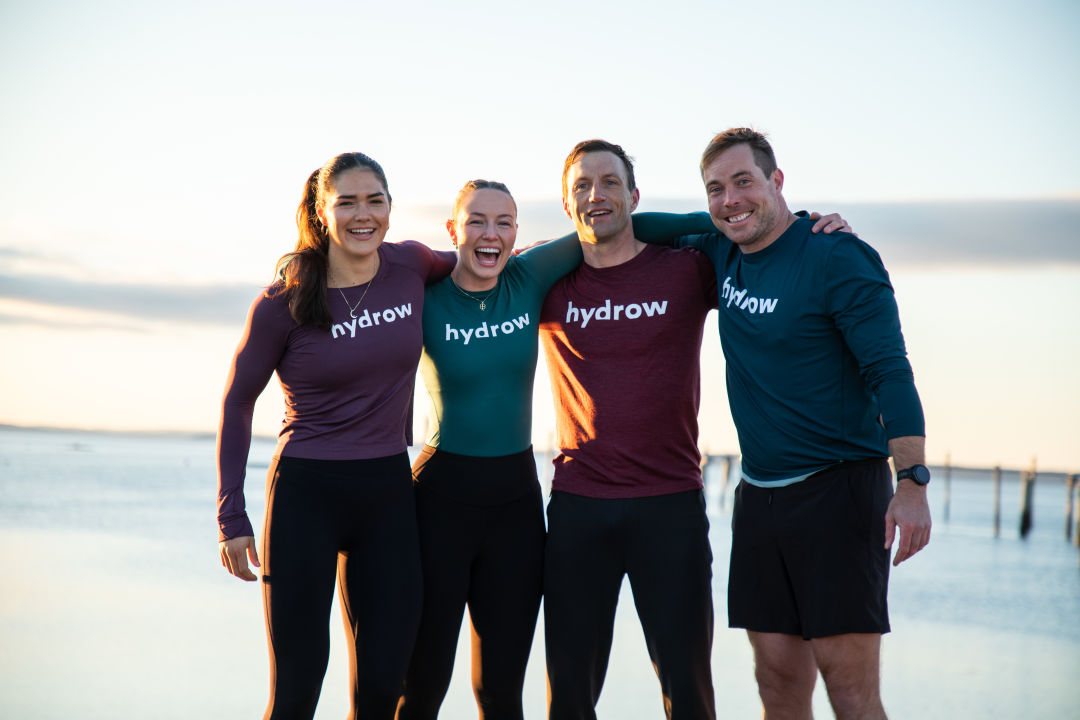
Explore Hydrow’s library of 5,000+ rowing, circuit training, yoga, Pilates, and mobility workouts.
As you experiment with different types of exercise, keep in mind that your physical activity doesn’t necessarily have to be strenuous to be effective. In a study from the American Heart Association, researchers noted that 30-minute intervals of light-intensity physical activities—such as doing household chores or casual walking—was associated with a 20% lower risk of dying from any cause.
So, don’t underestimate the value of lighter activities or staying active in a way that feels comfortable for you. The goal isn’t necessarily to push yourself to the limit, but to incorporate movement into your daily routine in a way that’s sustainable and enjoyable. Keeping active, no matter the intensity, helps maintain strength, mobility, and overall vitality as you age.
Related blog: Why I Row Every Day at 82 (and Why You Should, Too!)
How to embrace active aging
Now that you understand the many benefits of staying more active as you age and have some workouts at your disposal to try, here are some tips for success as you work to embrace the active aging lifestyle:
Start small: Embracing active aging doesn’t mean making drastic changes overnight—it’s about gradually building healthy habits that support long-term well-being. Begin with gentle movements such as walking, stretching, or chair exercises, then build up over time.
Make movement part of your routine: Find small ways to be active throughout the day, such as taking the stairs, standing up and stretching during TV commercials, or doing light housework.
Set achievable goals: Start with achievable goals, like walking for 10 minutes a day or practicing balance exercises three times a week. Gradually increase as you feel stronger.
Track your progress: Keep a simple journal, use a step counter, or take note of how your energy levels and strength improve over time. Seeing progress can boost motivation and help you stay committed.
Create a daily routine: By establishing a daily schedule that incorporates physical, mental, and social activities, you’ll be more likely to stick with your new habit.
Join social groups: Look for walking clubs, group fitness classes, dance classes, or community programs where you can stay active while connecting with others. Social support makes staying active more enjoyable.
Use a fitness tracker: Wearable devices or apps can help track steps, monitor heart rate, and remind you to stay active throughout the day.
Try something fun: Exercise doesn’t have to be a chore! Whether you’re dancing, swimming, gardening, or taking a beginner yoga class, finding an activity you enjoy makes it easier to stick with.
Listen to your body: Pay attention to how your body feels. Start slow, and if something causes pain, modify the movement or try a different activity.
Stay hydrated and eat well: Staying hydrated and eating a balanced diet supports energy levels and muscle recovery, making it easier to stay active.
Celebrate progress, not perfection: Every step counts! Acknowledge small wins, whether it’s taking a longer walk than usual or trying a new class. The key is consistency, not perfection.
Embrace active aging with Hydrow
Active aging is essential for maintaining not just physical health, but overall well-being as we grow older. Staying active helps preserve mobility, strength, and mental clarity, while also boosting mood and reducing the risk of chronic conditions. By embracing movement, whether through exercise, hobbies, or social engagement, you’re taking an important step toward living a fulfilling, independent life. Remember, it’s never too late to start, and small changes can lead to big rewards.
Looking for a smarter way to exercise? Rowing activates 86% of your muscles with every stroke, making it one of the most efficient ways to build total-body strength. In just 20 minutes on a rowing machine, you can get a full-body workout that boosts energy, builds endurance, and helps you move better—on and off the rower.
And with Hydrow, it’s easier than ever to stay consistent. No commute. No waiting for machines. Just expert-led workouts you can do from home, whenever it works for you. Choose from rowing, strength training, mobility, yoga, Pilates, and circuit training workouts, all designed to help you move better and feel stronger, long-term.
Our workouts are filmed on location in stunning waterways around the world and led by world-class Athletes who coach you through every stroke and rep. And with over 5,000 workouts ranging from beginner to advanced, it’s easy to keep progressing no matter your level.
Every movement adds up. Start building strength that lasts with Hydrow.
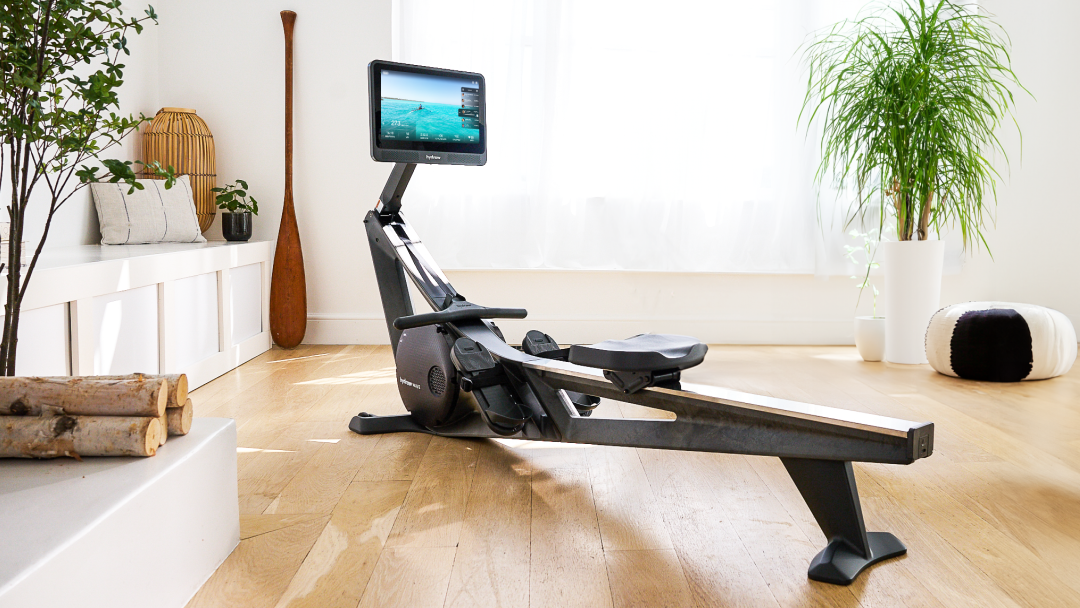
Real strength keeps moving
Learn how working out with Hydrow can help support a fuller, more active life.







